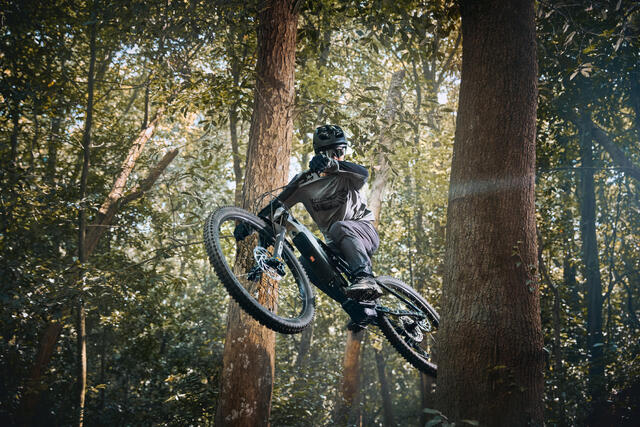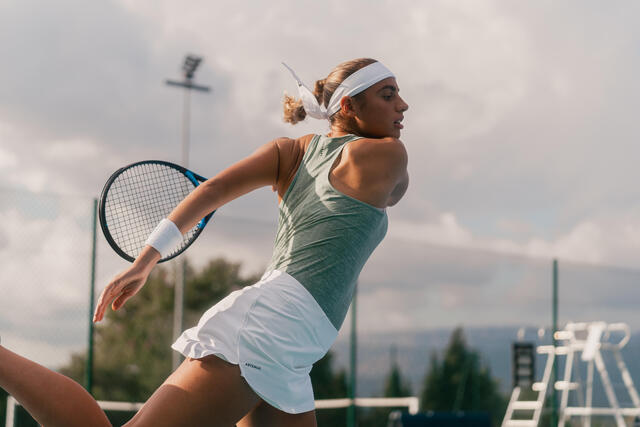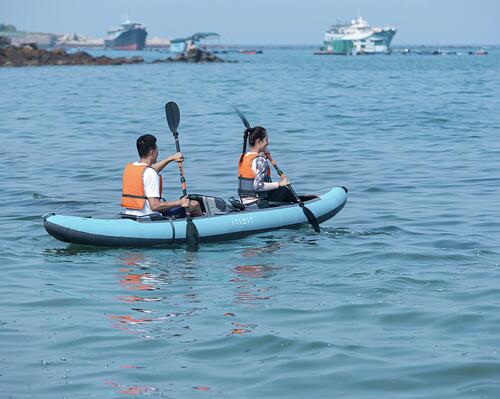How to Paddle a Kayak for Beginners
Positioning
When it comes to answering the question of how to paddle a kayak for beginners, it all starts with the basics. Your posture is vital to get right, as the rest will follow from there. When getting ready to paddle your kayak, you should:
• Sit upright
• Rest your feet comfortably against the foot pedals
• Flex feet without straining
• Splay out your legs
Most importantly, paddling should engage and stabilise your abdominal muscles as you push the paddle away from the body (at the shoulder) and pull it back towards your body using most of your upper body (core, chest, back and arms).
This will ensure you don’t fatigue too quickly or overburden the wrong muscles. Instead, you can spread the work across larger muscle groups to keep you going longer and minimise the risk of injury.


























